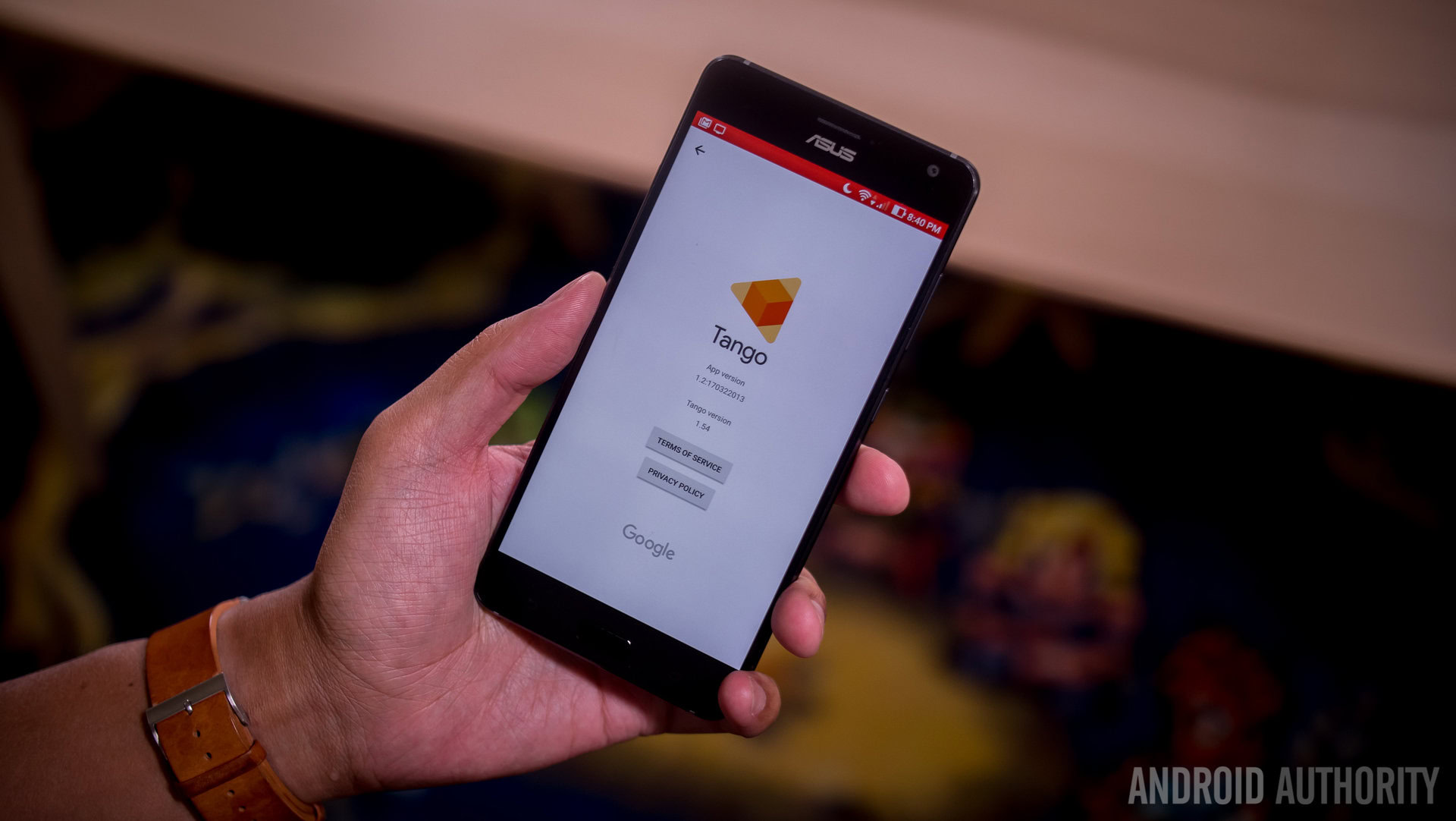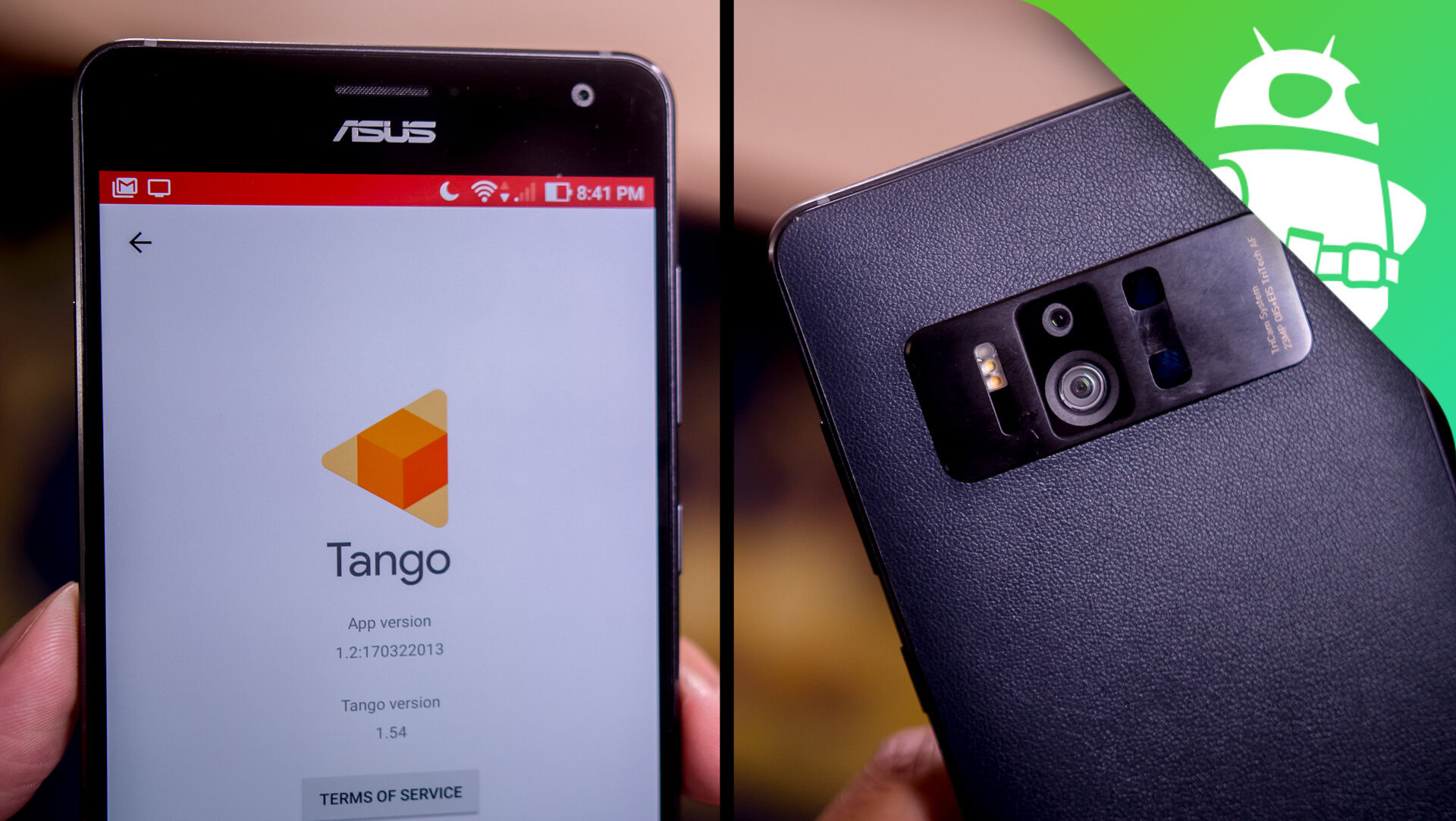Affiliate links on Android Authority may earn us a commission. Learn more.
Google to drop Tango branding in favor of ARCore

Google had a three-year head start on Apple in the augmented reality space. Back in 2014, the Mountain View-based company launched Project Tango, an AR platform that required special 3D camera sensors for depth sensing. Unfortunately for Google, getting manufacturers to build Tango-enabled devices was more difficult than they had originally thought.
It’s been over three years since Google’s AR platform was announced, and we still only have two Tango-enabled smartphones available for purchase: the ASUS ZenFone AR and the Lenovo Phab 2 Pro. That’s obviously a problem, since Apple is planning on rolling out ARKit to hundreds of millions of iPhones with iOS 11 in a few weeks. Tango might be the more robust AR platform compared to ARKit, but that doesn’t matter if no one has access to it.

That’s why Google launched ARCore, a new SDK that lets developers introduce augmented reality capabilities to Android devices without the need for additional sensors or hardware. This new SDK will certainly help more Android users to get access to AR, but the introduction of ARCore also brings big news for the Tango platform.
According to TechCrunch, Google says that going forward phones with Tango depth-sensing capabilities will be branded as ARCore devices.
It’s important to note that this doesn’t mean Tango is going away completely… it’s just being rebranded. Google isn’t ditching any of its fancy depth sensors or cameras it developed for the Tango platform. Google AR/VR boss Clay Bavor adds:
Our goal with Tango was really to prove out the core technology and show the world that it’s possible. Obviously others have started to invest in smartphone AR, our goal with Tango has always been to drive that capability into as many devices as possible.
While there may have been consumer interest in Tango, the lack of supported devices held the platform back in many ways. Only a handful of Tango-exclusive applications have managed to break the 1,000-download mark, and most Tango apps have only a few hundred downloads each.